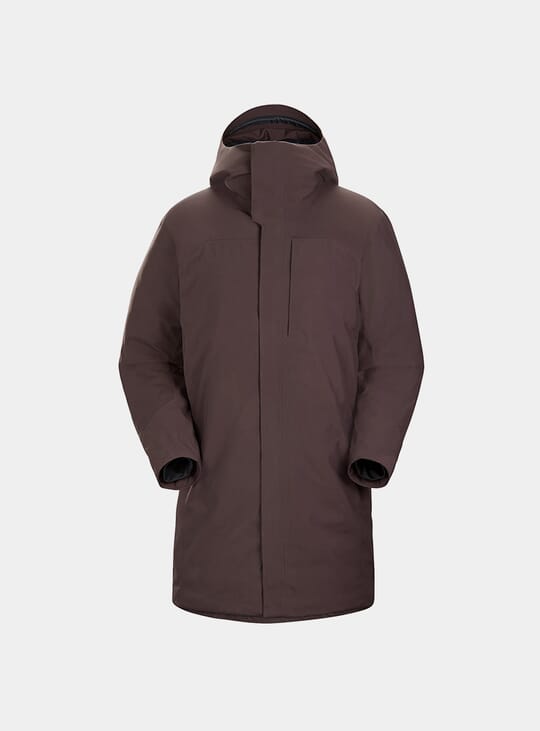There are times when only a burbling V8 petrol engine under the clamshell bonnet of your next classic Range Rover will do. And then there are those times when you need - desire - all the low-revving grunt of a beefy diesel for your go-anywhere Rangie, the design that started it all.
At Lisbon-based bespoke, customisation and restoration experts Timeless Garage, they're aware of that dilemma. They've restored two four-door classic Range Rovers in contrasting colourways and more importantly, contrasting power units, one diesel, one V8 petrol. Let battle commence.
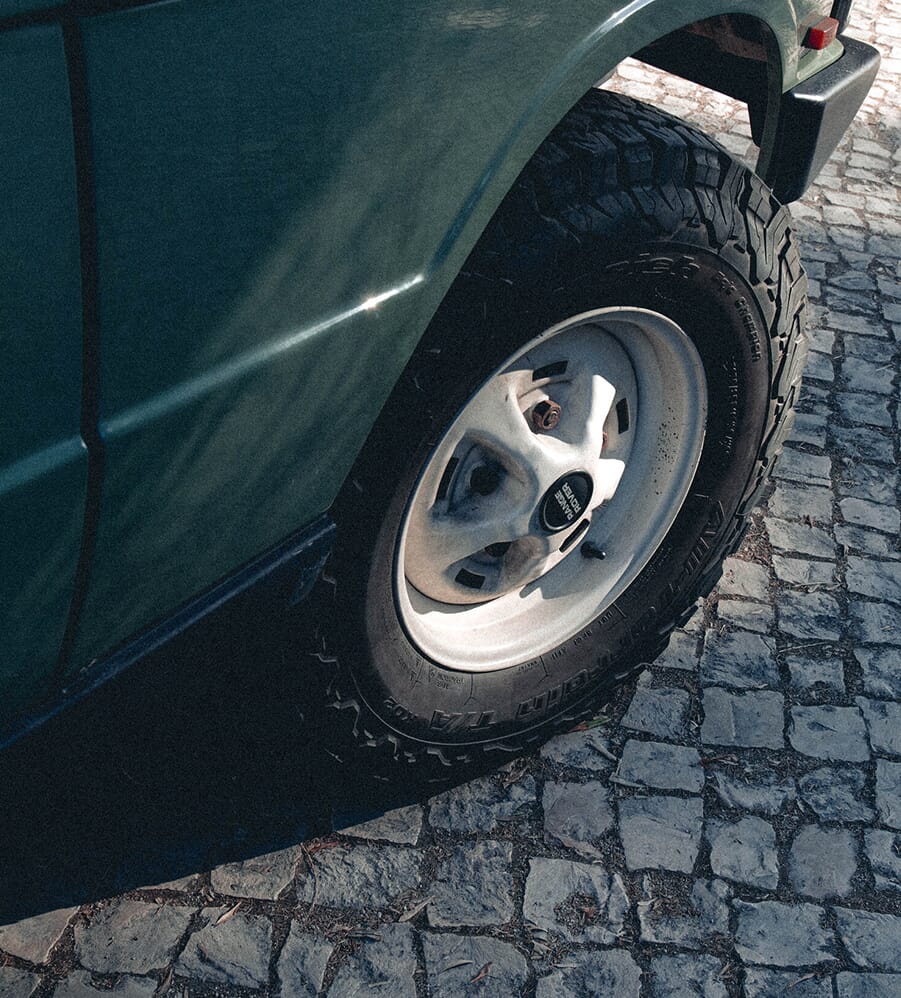
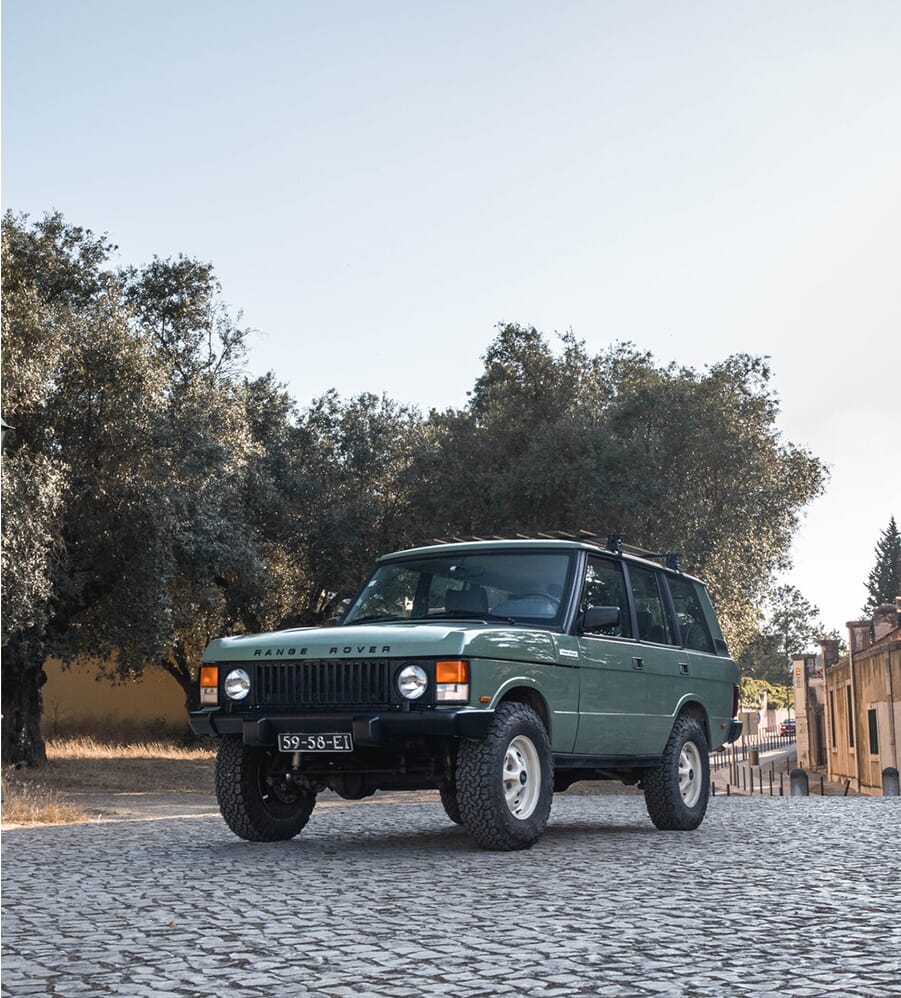
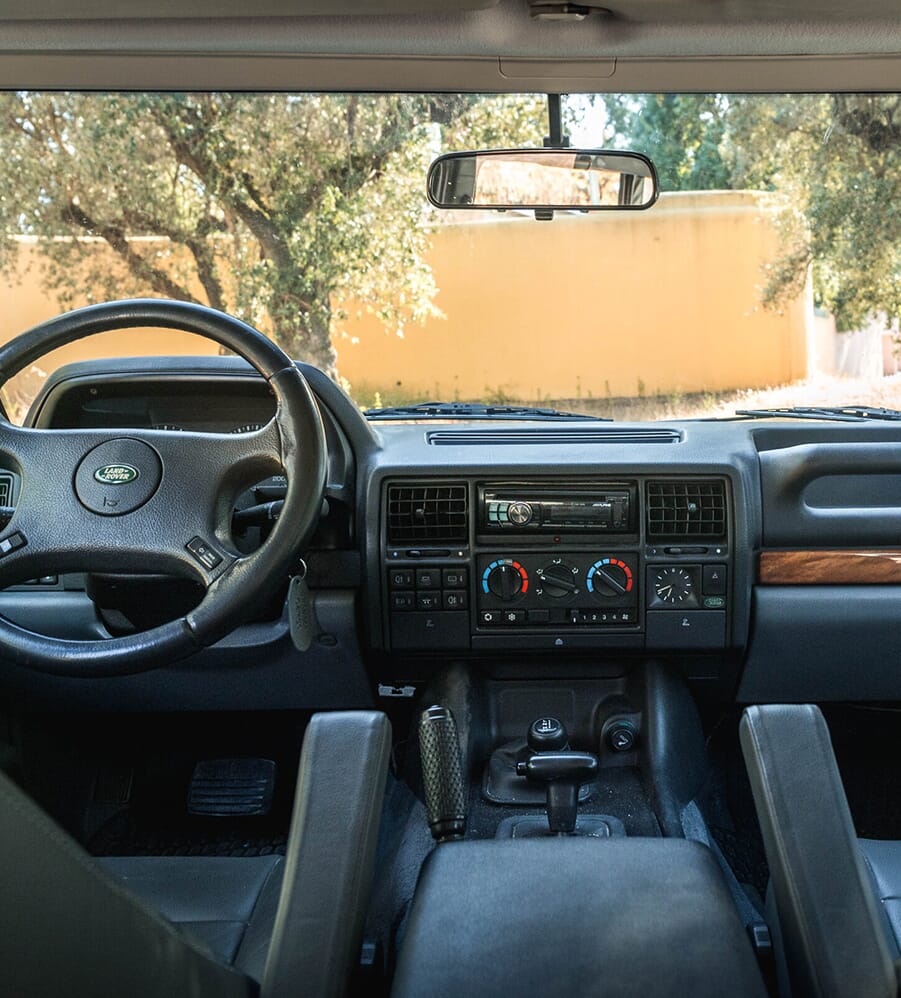
Range Rover Classic V8
Fresh pale green paint graces the exterior of this four-door piece of essential British design. That's four-door with a utilitarian tailgate, of course, always remembering that the Rangie was originally aimed at farmers who required a slightly more comfortable mode of transport across their fields than the venerable Land-Rover. In a further nod to utility, there's an elegant roofrack up top.
Wheels are to the original style, in steel and here finished in white, which gives the V8 a stylish and - naturally - purposeful air. This is no Chelsea tractor. It's a working vehicle that just happens to be upholstered to the interior in luxurious pale brown leather. Of course, that work might be thrumming that V8 up and down the King's Road, but that's still work, right?
Key is what's under the bonnet. It's Rover's all-aluminium V8, originally designed in the US by Buick and bought up by the Rover Car Company for use first in its high speed saloons and then in the Range Rover. The benefit here is not only that bass heavy soundtrack, but the V8's sheer power which gives the Range Rover sufficient top-end performance to excite even the most placid of the average farmer's sheep. As the internal combustion engine begins its long journey to the petrol station in the sky, this V8 is part of its magnificent history, and this Range Rover is its natural habitat. Just great.
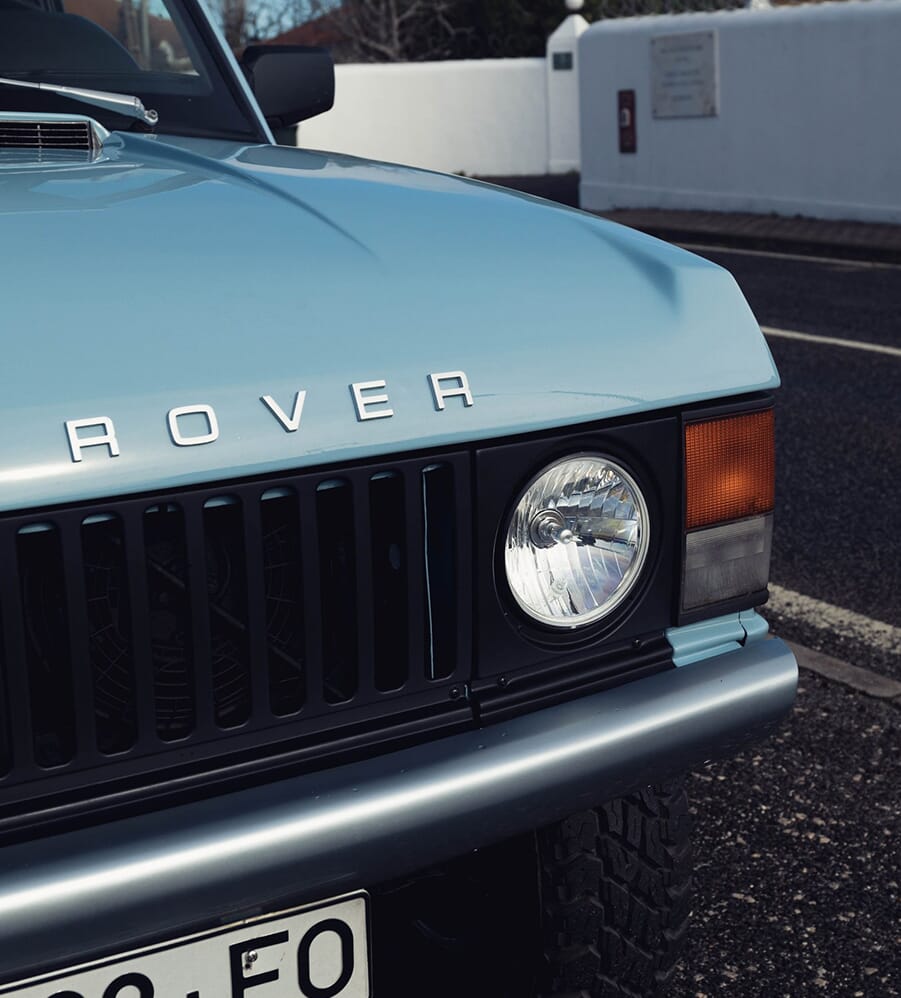
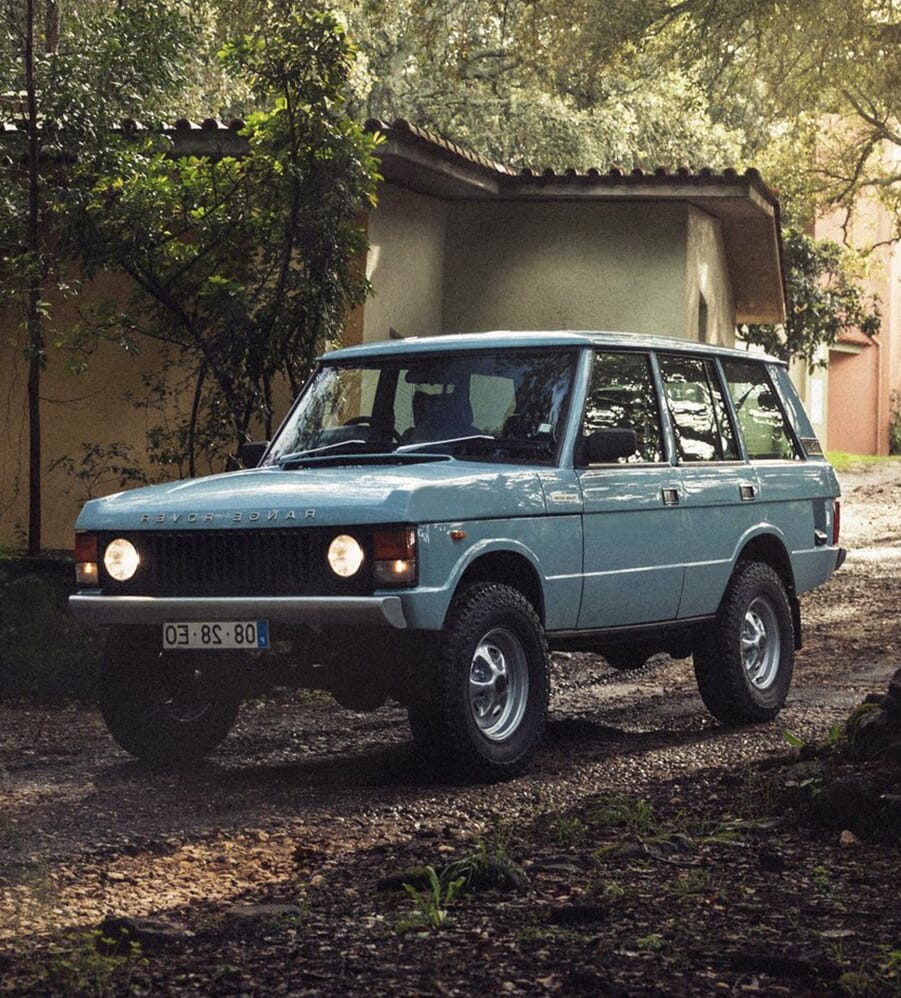
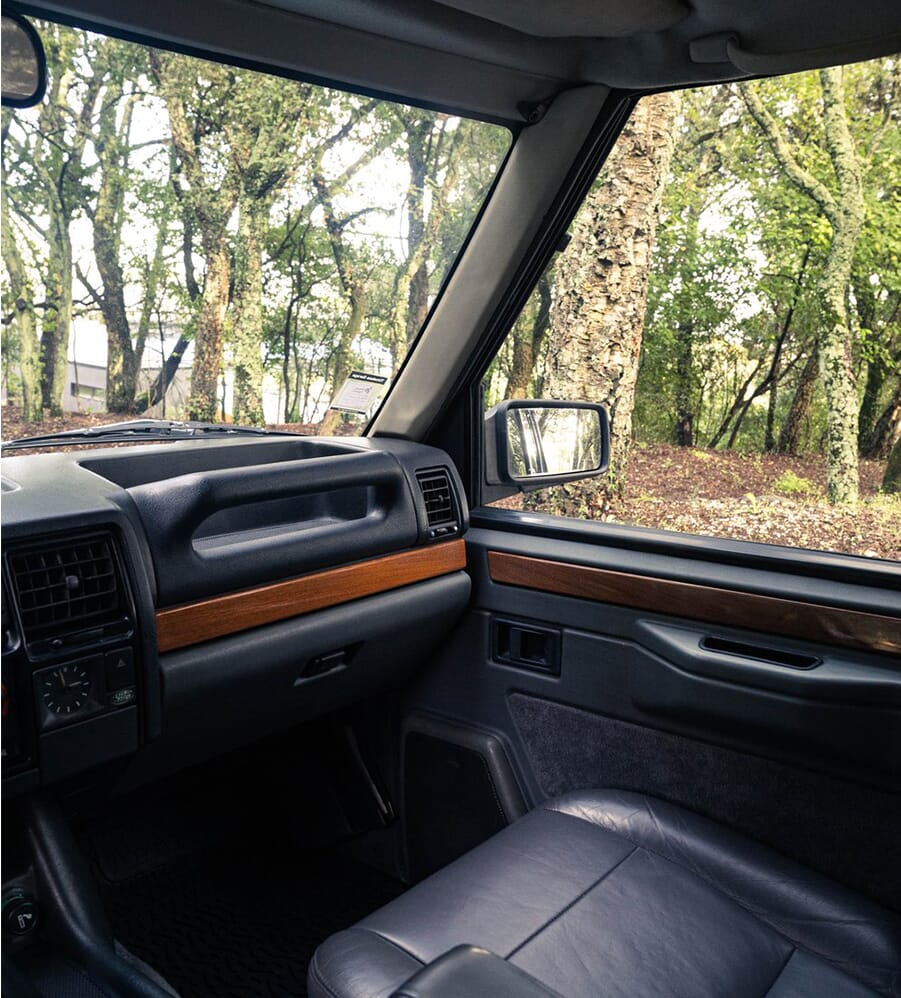
Range Rover Classic Diesel
A delicate pale blue graces the exterior of this second example of pioneering automotive history. The Range Rover, after all, was the first deluxe off-roader, before anyone had even thought of putting the initials S,U and V together. This apparently fragile colourway is a nice contrast to the Rangie's beefy exterior design, by Rover's own design genius David Bache, covering innovative mechanicals by the company's in-house engineering genius Spen King.
Black leather to the interior, which is itself a masterpiece of restrained functional design, gives more than a hint to this Range Rover's purpose: to provide the diesel-powered grunt needed to pull a heavy trailer across a ploughed field, or to lug you and a bunch of your friends to your next hilltop picnic. All Range Rovers have permanent four wheel drive teamed with then-new long-travel suspension to make either or both of those journeys all the more comfortable.
Under the bonnet is that more-than-potent turbodiesel raring for a go up just about any incline, or indeed to roar past just about anything in dubious conditions on a sodden motorway. The business of being a Range Rover is not only minimalist style, but the effortless ease that comes from being, first and foremost, a piece of great industrial design. There are those who say the honest low-revving power of an unpretentious diesel is the perfect match for all that. This beautiful blue Rangie makes that case, and how.
So which to choose? A Range Rover once shared a museum with the 'Mona Lisa'. We can't say whether, during the short period in the 1970s when an example was exhibited at the Louvre as an "exemplary work of industrial design", the 'Mona Lisa' managed an admiring smile or not, but we do know that her creator, the visionary genius that was the artist Leonardo da Vinci would have loved the Range Rover and all that it represents. Diesel or V8? We would, if we could, have both.
Get your fix of all things automotive at The Garage.




